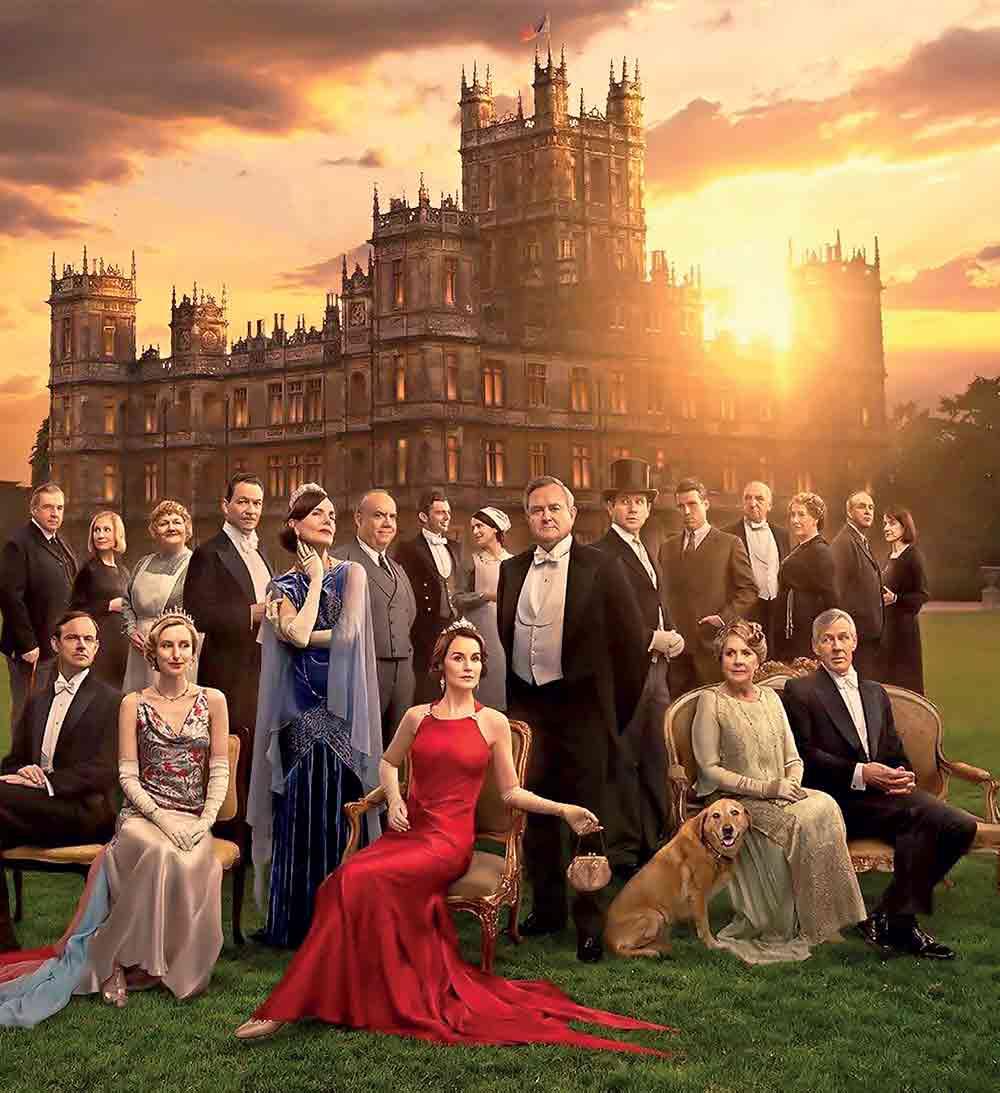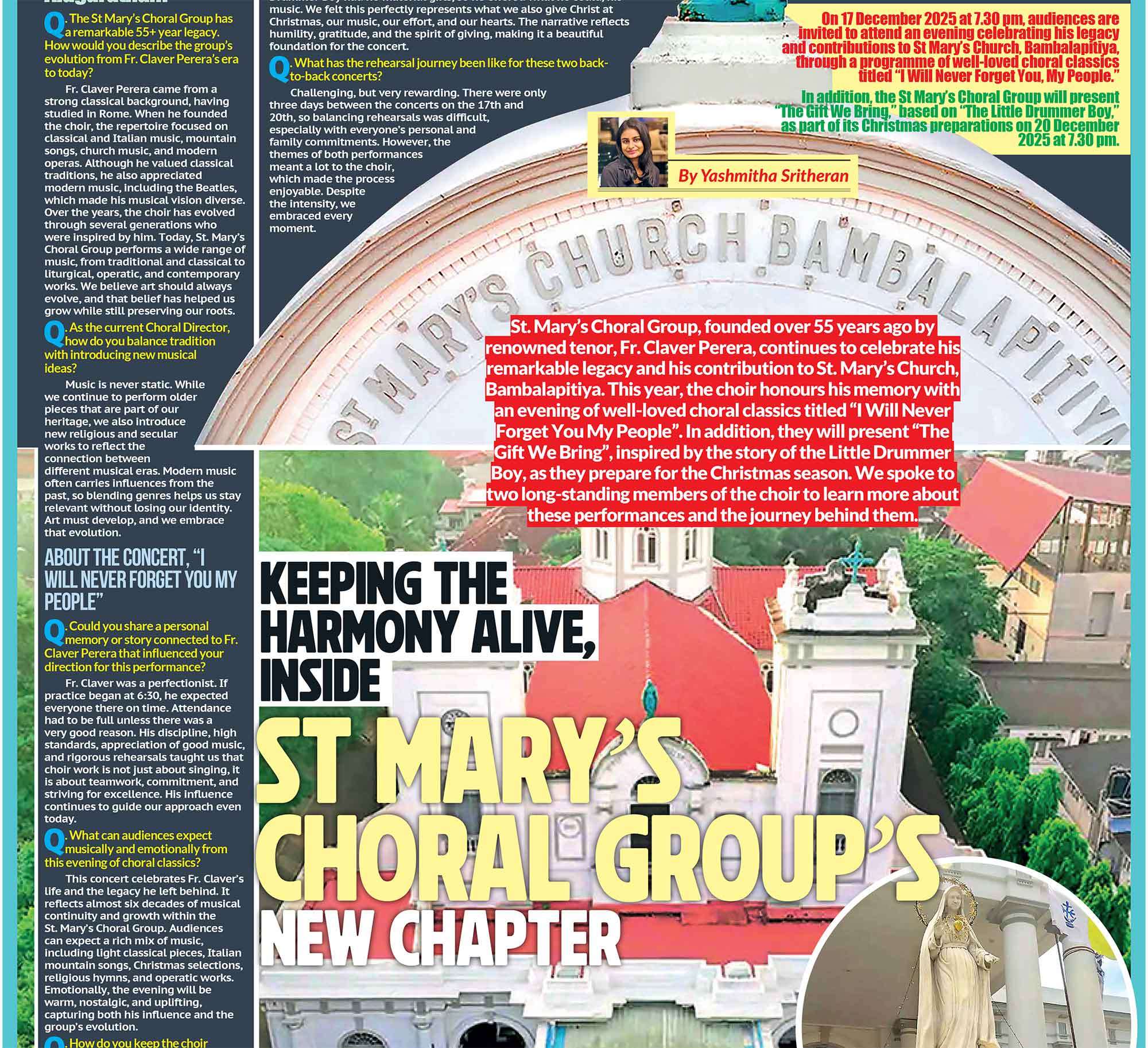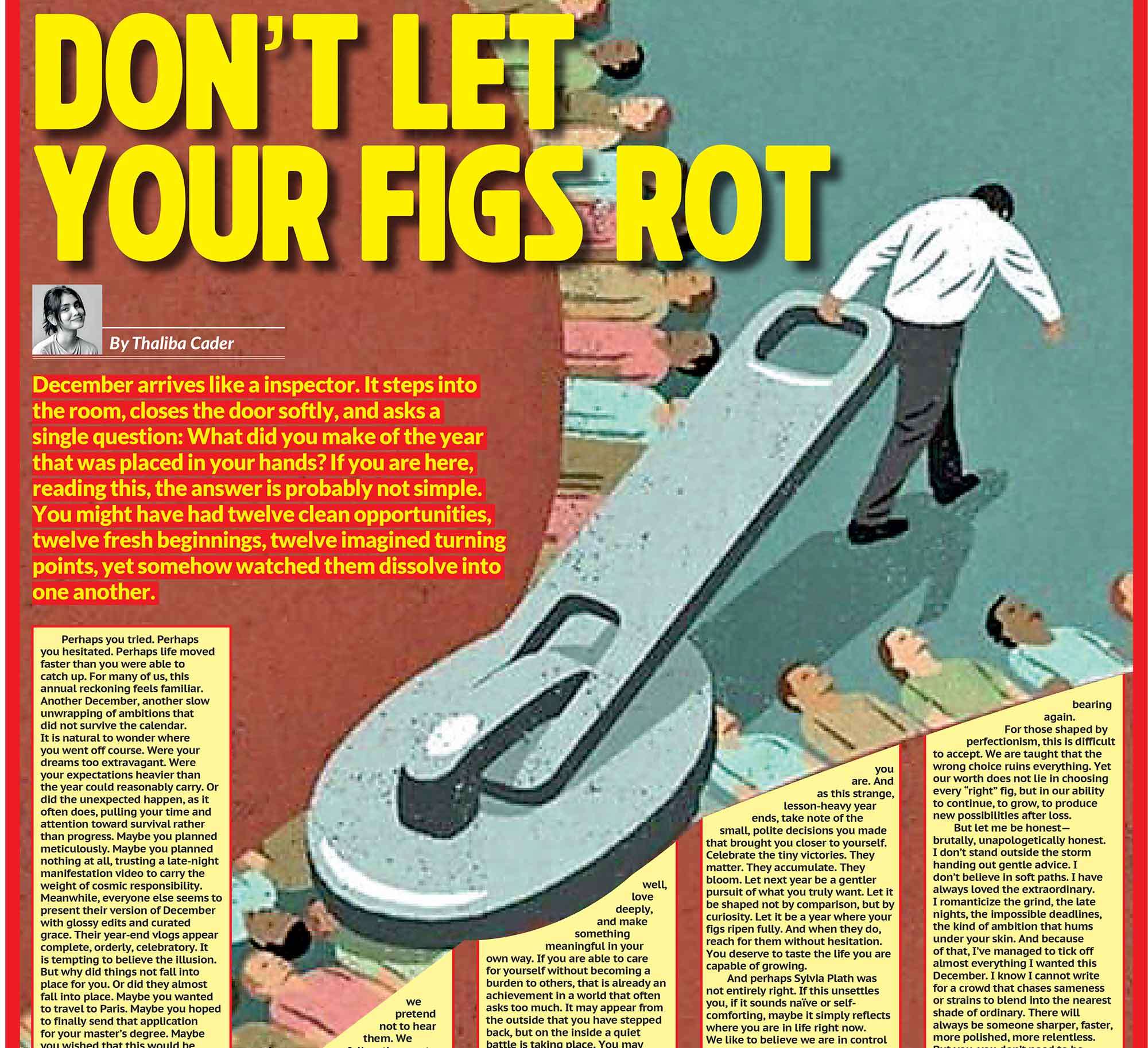
After fifteen years of refined drama, whispered scandal, and the quiet elegance of English aristocracy, the Crawley family returns to the silver screen for one final bow. Downton Abbey: The Grand Finale is the third and concluding film in the beloved series that began with Julian Fellowes’ award-winning television phenomenon in 2010. Directed by Simon Curtis, the film offers an affectionate and graceful farewell to a story that has defined period drama for more than a decade.
Set in 1930, the narrative unfolds in a world poised between tradition and transformation. Britain is recovering from the shock of the 1929 stock market crash, and even the grandeur of Downton is not immune to the social and economic changes rippling across the country. The story follows Robert Crawley, the Earl of Grantham, played with familiar warmth by Hugh Bonneville, as he contemplates his legacy and the future of his ancestral estate. His daughter, Lady Mary Crawley, portrayed with quiet command by Michelle Dockery, must prepare to assume leadership and guide Downton through uncertain times. Beneath the calm surface, tensions simmer as questions of duty, inheritance, and identity take centre stage.
The film opens with a sense of quiet reflection rather than spectacle. The Crawley’s and their staff are older and perhaps a little wearier, but they remain devoted to the estate and to one another. Change is in the air. Retirements loom among the staff downstairs, and new relationships begin to blossom as the world beyond the grand gates grows louder and more demanding. Lady Mary faces not only the weight of responsibility but also a scandal that threatens the Crawley name, forcing her to navigate modern expectations while safeguarding the family’s dignity.
For devoted followers of the series, The Grand Finale feels like coming home. The film luxuriates in the world that Julian Fellowes built, celebrating its intricate hierarchy, its traditions, and its familiar faces. There is comfort in the rhythm of its storytelling, where a raised eyebrow can be as dramatic as a sword fight. What the film lacks in high stakes, it compensates for with heart and craft.
The production design is as exquisite as ever. Each room gleams with polished silver and warm candlelight, each costume a symphony of period detail. Highclere Castle, the real-life setting of Downton Abbey, remains a star in its own right. Its sweeping staircases, manicured lawns, and golden halls are filmed with reverence. Cinematographer Andrew Dunn bathes the estate in a gentle glow, evoking a world that feels almost dreamlike in its beauty. The attention to detail is extraordinary, from the crisp cut of a butler’s uniform to the subtle embroidery on a ball gown. Watching the film is like stepping into a painting.

The performances, too, are beautifully measured. Hugh Bonneville brings warmth and melancholy to Robert Crawley, a man confronting his own mortality and the twilight of his class. Michelle Dockery shines as Lady Mary, her performance restrained yet emotionally rich. She embodies the contradictions of her generation: loyalty to the past, curiosity about the future, and the quiet resolve to lead in a world that no longer guarantees privilege. Elizabeth McGovern as Cora Crawley offers her trademark gentleness and quiet authority, while Laura Carmichael as Lady Edith finally enjoys the contentment that eluded her for much of the series.
Downstairs, the ensemble remains as delightful as ever. Jim Carter’s Carson, the retired but ever-loyal butler, returns for a final round of service. Phyllis Logan as Mrs Hughes and Robert James-Collier as Barrow provide humour and heart in equal measure. There is a palpable affection between the characters, and between the actors themselves, that gives the film its warmth.
Watch Downton Abbey on Peacock, Amazon Prime Video, BritBox and Disney+
The screenplay by Julian Fellowes is tender and nostalgic. It leans into sentiment without slipping into self-indulgence, allowing moments of reflection to breathe. The dialogue sparkles with wit, particularly in scenes that echo the show’s early years. Fans of Maggie Smith’s Dowager Countess will miss her biting humour, but her absence is felt as part of the story’s natural progression. Fellowes understands that time, as ever, is the ultimate master of Downton Abbey.
Critics have noted that the film does not break new ground. It does not seek to reinvent the series or challenge its established tone. Instead, it embraces what it has always been: a love letter to tradition, manners, and the endurance of family. The plot is gentle, and the conflicts restrained, yet this familiarity is part of its charm. After years of upheaval in the real world, the serene certainty of Downton feels like a balm.

Where the film succeeds most is in its emotional closure. Every major character is given a moment of grace, a final line or gesture that honours their journey. The tone is reflective but hopeful. The Crawley’s may be saying goodbye to their era, but they do so with dignity intact. The final scenes at the estate are especially poignant, suggesting that while the world outside may change, the spirit of Downton endures.
Visually and thematically, the film is about transition. The camera lingers on empty corridors and fading portraits, as if to acknowledge that the age of great houses is waning. Yet it also celebrates continuity. Lady Mary’s leadership represents a modern sensibility, while the enduring loyalty of the staff below speaks to the values of service and community. In this delicate balance between old and new, The Grand Finale finds its soul.
There are moments of humour, particularly in the interplay between the remaining staff, and a few threads of romance to lighten the mood. The pace is unhurried, almost meditative, but this suits the film’s reflective tone. It does not strive for drama or shock. Instead, it invites the viewer to sit back, breathe, and watch a beloved world take its final bow.
For viewers who have followed Downton Abbey since its television debut, the film offers deep satisfaction. It is a gift to loyal fans who have invested years in these characters. Newcomers may find the narrative less resonant, as much of its emotional weight depends on knowledge of past seasons. Yet even without that history, the film’s craftsmanship and performances make it an engaging and elegant experience.
Thematically, The Grand Finale is about the passage of time and the inevitability of change. It acknowledges that empires fade, families evolve, and traditions adapt or die. Yet it also affirms that kindness, loyalty, and grace are timeless. In its quiet way, it is a meditation on legacy: what remains when everything else is gone. The film closes with an image that perfectly captures its spirit. The camera glides through the halls of Downton one last time, sunlight filtering through stained glass, voices echoing faintly in the distance. It is a visual farewell to a world that has given so much pleasure to so many. There are no fireworks, no dramatic twists, just a gentle sense of completion.

Downton Abbey: The Grand Finale is not a film of surprises but of reassurances. It reminds us that endings can be beautiful, that saying goodbye can be done with style and grace. Julian Fellowes and Simon Curtis deliver a film that honours its history and its audience. It may not dazzle with innovation, but it captivates with sincerity.
In an age of fast-paced cinema and relentless spectacle, this film stands as a quiet act of defiance. It dares to be calm, elegant, and heartfelt. It trusts its characters, its craftsmanship, and its audience. For those who have grown with the Crawley’s, this farewell will feel deeply earned. For those discovering them anew, it is a glimpse of storytelling at its most civilised.
As the credits roll, one cannot help but feel a swell of gratitude. Downton Abbey has always been more than a story about class or heritage; it is a story about people trying to preserve what matters most. With The Grand Finale, that story comes to a close, not with a roar, but with a whisper of timeless grace.
Verdict: 4 out of 5 stars.
A beautiful, heartfelt farewell to one of Britain’s most enduring stories.











